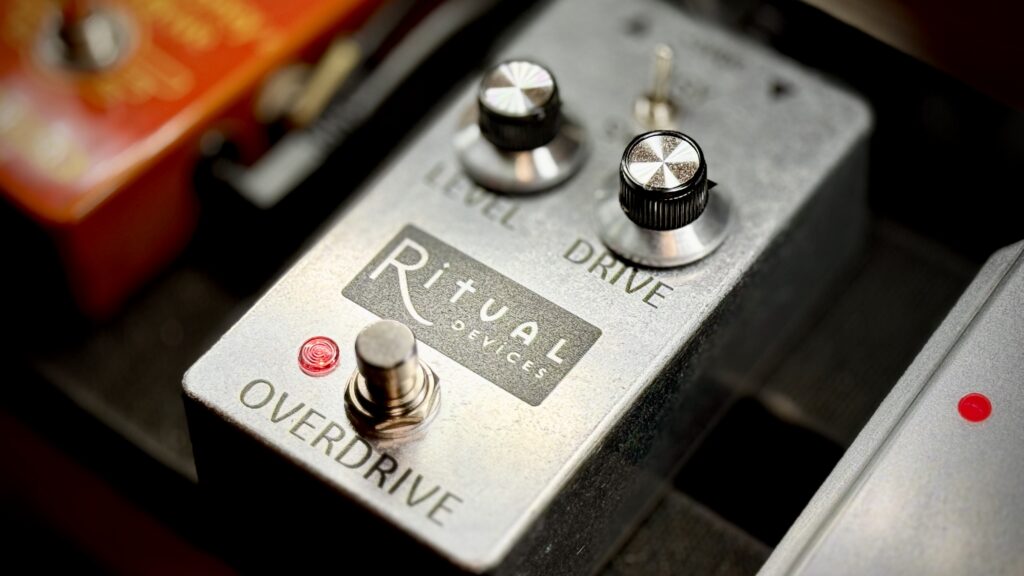‘Studio Diary’ is an occasional series where I talk about building a home recording setup for hobbyists and enthusiasts like us. I share my personal experiences, and the thinking behind some of the decisions that I’ve made along the way.
Fractal Audio have recently overhauled their amp modelling in the Axe-FX 3 / FM-9 / FM-3. And my recent dive into the Orange Getaway Driver has shown me that I need to revoice my signal chain. I’m taking this as an opportunity to re-evaluate everything about the pedal preset I’ve built for the Axe-FX 3.
I spent most of Spring dividing my playing time between the pedal platform patches that are based on the DRRI and using my real Tweed Deluxe amp. When I came back to my original 57 Vintage and 65 Modern presets, I could hear a stark difference – and not in a good way.
So, before I finally wrap up this series on the pedal platform patches, I want to go back and re-master those two original pedal platform presets. There’s been some recent Axe-FX 3 firmware updates that make this easier to do and sound better than ever.
Continue reading “Studio Diary #61: Remastering My Original Pedal Platform Presets For Axe-FX 3 Firmware 28.05”
